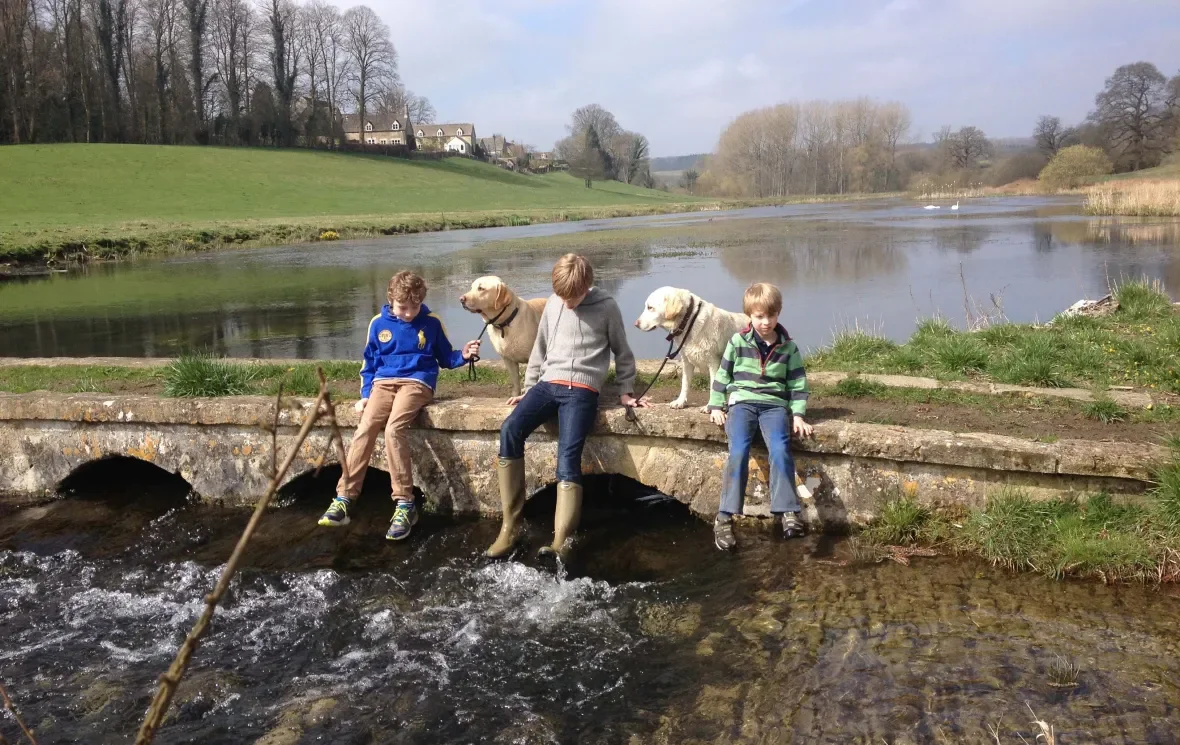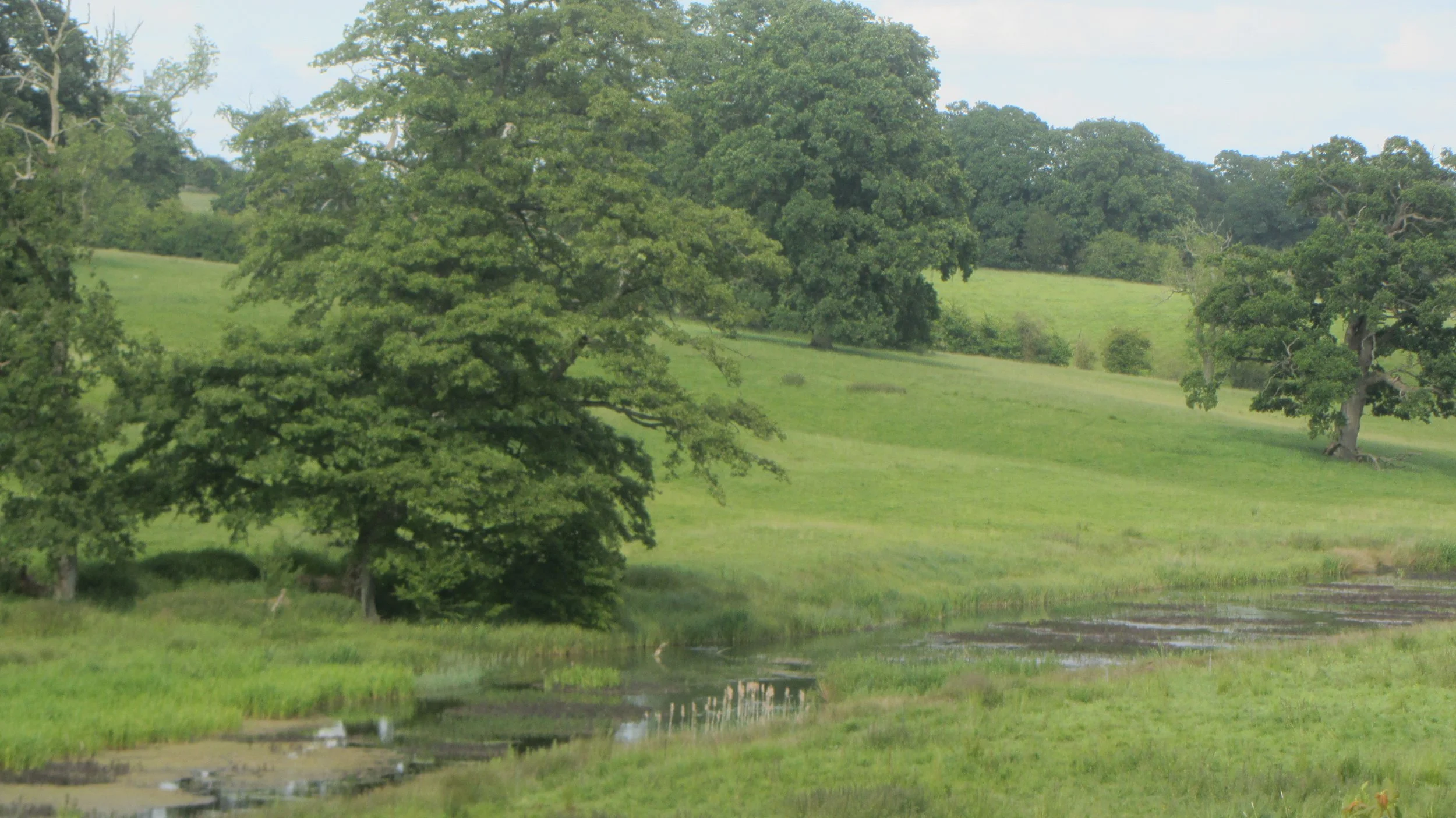National Trust accused of ‘killing’ cherished Cotswolds landscape
The charity’s plans to rewild part of the Sherborne estate have provoked fury, as villagers say decades of neglect have left the lakes in ruin
The Sherborne Broadwater in 2011
The Times reports:
When the National Trust took control of the Sherborne estate in the 1980s, the jewels in the crown of its grade II listed parkland were the clear-running ornamental lakes, which have been appreciated by visitors for more than 250 years.
Now the serpentine waterway, which runs through a Cotswolds valley near Cheltenham, resembles a boggy swamp of choking weeds and rushes.
Locals say the charity has failed to dredge the Georgian lakes for decades and is “destroying” a cherished national heritage landscape through “managed decline”.
Sherborne villagers, many of whom are National Trust tenants scared to speak publicly, are now fighting plans by the charity to rewild a 650-metre stretch of the protected parkland.
The trust hopes to create a new wetland, covered in scrapes and fallen tree trunks, alongside the degraded lakes in an experimental effort to stop more silt reaching the waterway. It is estimated to cost £200,000.
Their plans are strongly opposed by the Gardens Trust, Gloucestershire Garden and Landscape Trust, Sherborne parish council and Cotswold district council’s senior biodiversity officer.
Dawn Tremaine, 91, who married into the farming family that maintained the listed parkland for three generations before the National Trust took control, said the lakes were periodically dredged and maintained under the last Lord Sherborne and their deterioration under the National Trust made her feel “utterly sick”.
A painting of Sherborne Brook by Mark Brazier
Annabel, 57, her daughter, recalls the “singular beauty of the Broadwater when it was properly maintained, and the joy the spectacular view gave not only villagers and walkers, but also visitors to the graveyard, which overlooks this most special valley”.
She said: “I and many others who grew up or lived in Sherborne consider it a disgrace and travesty that this spectacular parkland has been totally neglected over several decades by the National Trust, through lack of maintenance and dredging.”
Yvonne Blankley, 61, who chairs the parish council and runs the village shop, claimed a National Trust representative told a residents meeting that the wetland plans submitted to Cotswold district council were a “re-imagining” of the landscape.
“How can a charity which is supposed to protect and preserve our history for future generations actively seek to change it forever?” she said.
Blankley said the community would happily work with the trust to reach a solution but complained that the charity did not consult with or listen to locals, many of whom have historical, environmental and engineering expertise.
She has written several times to Hilary McGrady, director-general of the National Trust, to explain the situation but has never received a response personally from her.
In the Georgian period the two lakes were created by placing weirs across the Sherborne Brook. In tune with the landscape fashion of the time, the snaking body of water in the middle distance was fronted by gently sloping pasture and the land rising beyond, dotted with tracts of woodland, to the far horizon.
Sherborne Brook in 2024
The National Trust’s planning proposal says: “The character of this area will change to a more diverse landscape, with areas of occasionally inundated land, resulting in wetland habitat creation. Visually, it will bring aesthetic diversity and interest of a new key landscape view.”
A biodiversity net gain assessment submitted by the trust claims the proposed scheme is predicted to achieve a 22.3 per cent increase in flora and fauna.
However, Luke Etheridge, senior biodiversity officer at Cotswold district council, recommended that the council refuse the application because it was “not clear” the trust’s habitat proposals were “realistic and/or achievable” given the “potential levels of inundation, attenuation and silt deposition that are likely to occur as a result of the development”.
He said “insufficient information has been submitted to demonstrate that the biodiversity gain objective can be met”.
Alistair Hett, 81, a retired agricultural salesman, said: “When I moved here 24 years ago it was clear water and full of birds, swans and ducks. It was lovely and now there is nothing and it’s dead. It’s the wildlife we miss.”
The Gardens Trust and Gloucestershire Garden and Landscape Trust have both called for the council to refuse the plans, saying there was an “assumption in the application that the area can be considered and managed as natural wetland, whereas in reality it is the parkland of a historic designed landscape”.
In a joint response, they said “greater consideration should be given to devising a scheme that properly restores and conserves the significance of the lakes within this designed and historic landscape, as well as addressing the siltation and flood control by ongoing management”.
The parish council said it had “major concerns” about the “potential adverse heritage impact upon the historic parkland” and the “settings of a number of nearby listed buildings”.
Bruce Fletcher, chairman of Sherborne Park Residents Company, which represents 30 resident owners of the grade II listed Sherborne House, which overlooks the lakes, said that “without addressing the underlying neglect, the application risks entrenching long-term degradation rather than reversing it”.
He said: “The deterioration of the Broadwater must also be viewed alongside other neglected parkland features [such as] the sheaf houses, collapsing stone walls, and the decaying Old Park enclosure, which together demonstrate a wider pattern of insufficient stewardship.”
A National Trust spokeswoman said: “Following extensive consultation, our new long-term plan will provide a sustainable future for Sherborne Brook – starting with re-digging drainage ditches to reduce silt build-up from extreme rainfall.
“The next phase aims to slow the flow of water through this landscape. This will boost habitats for species like water voles and otters, lock in more carbon and help increase resilience in times of drought. At the same time our plans will honour the historical significance of the landscape by maintaining areas of visible open water and safeguarding the brook for generations to come.
“Caring for places of historic and natural beauty remains at the very heart of what we do, so looking after places like Sherborne is central to our cause.”




